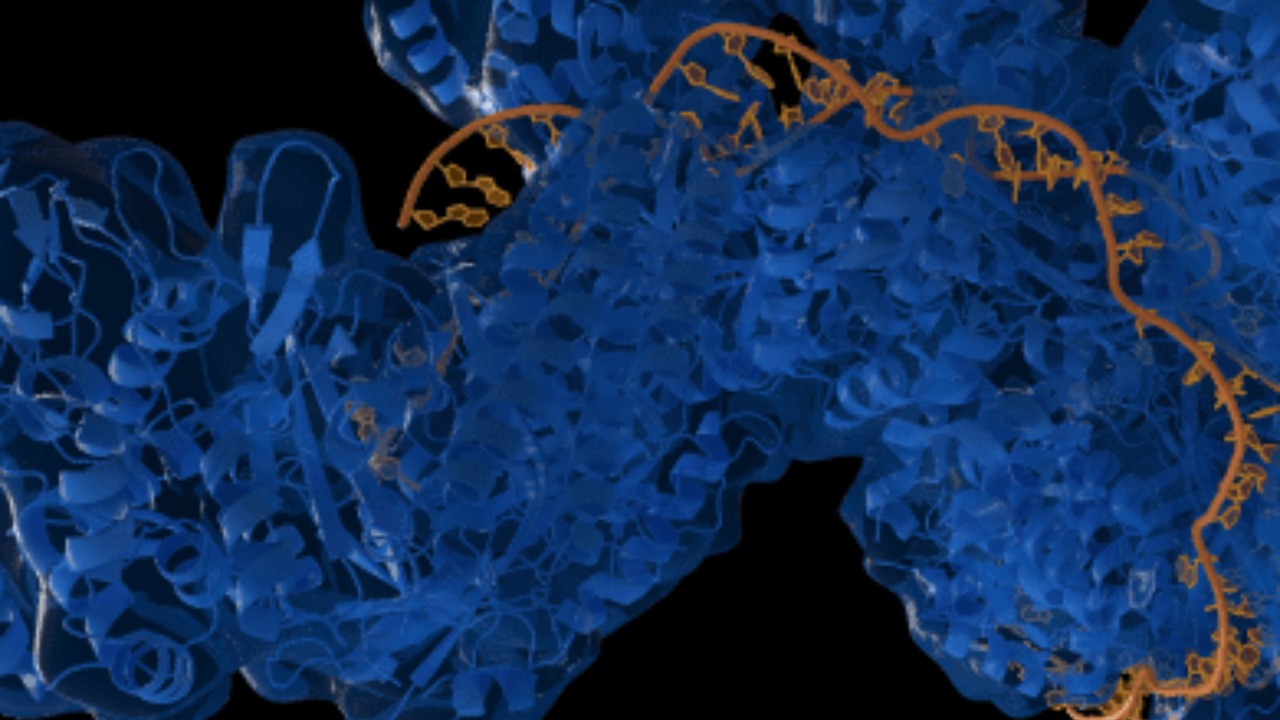
Recent advancements in CRISPR technology have revealed hidden “passwords” that could precisely control gene editing. This breakthrough could potentially transform treatments for genetic diseases by minimizing off-target effects and enhancing specificity, as detailed in research from October 2025.
The Fundamentals of CRISPR Technology
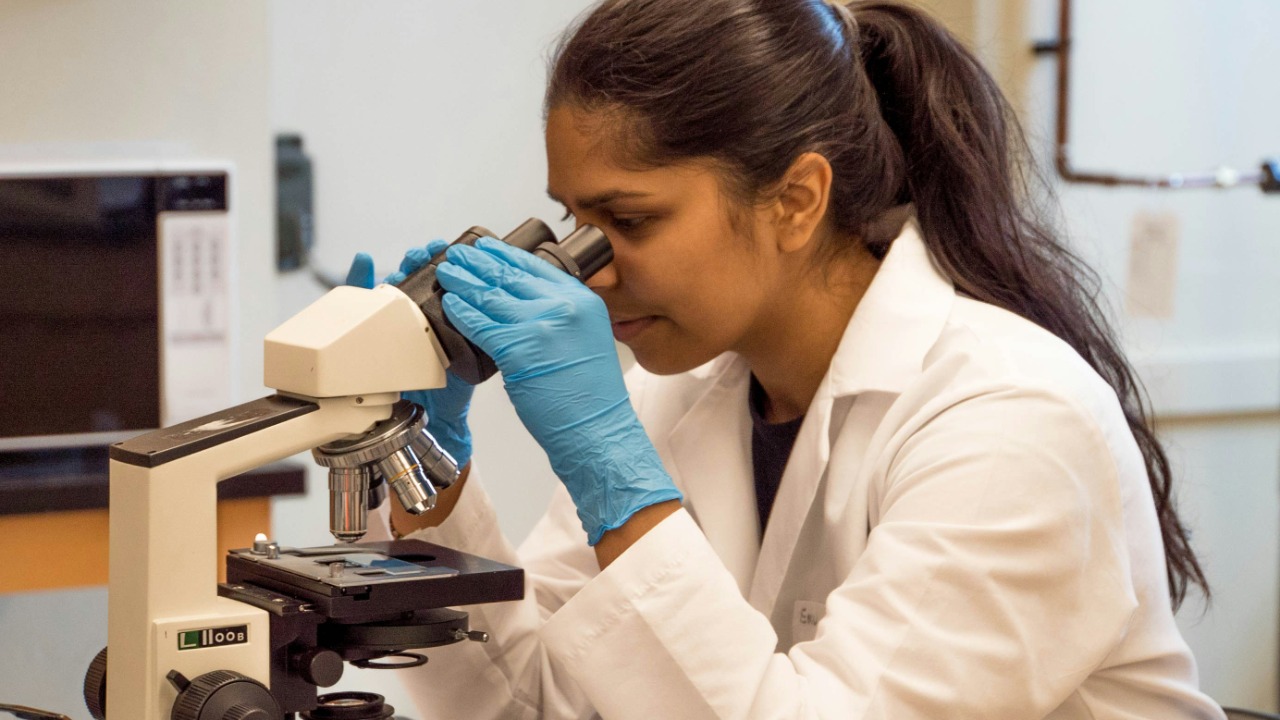
CRISPR-Cas9, a revolutionary gene-editing tool, was originally discovered as a bacterial defense system. The system uses guide RNA to direct the Cas9 enzyme to target specific DNA sequences, effectively allowing scientists to cut and paste genes. This technology was first discovered in 2012 by teams led by Jennifer Doudna and Emmanuelle Charpentier, a discovery that had a Nobel Prize-winning impact on biotechnology source.
One of the core components of the CRISPR system is the PAM sequence, which acts as an initial recognition signal for CRISPR binding. This sequence is crucial for the system’s ability to locate and edit specific genes.
Challenges Limiting CRISPR’s Potential
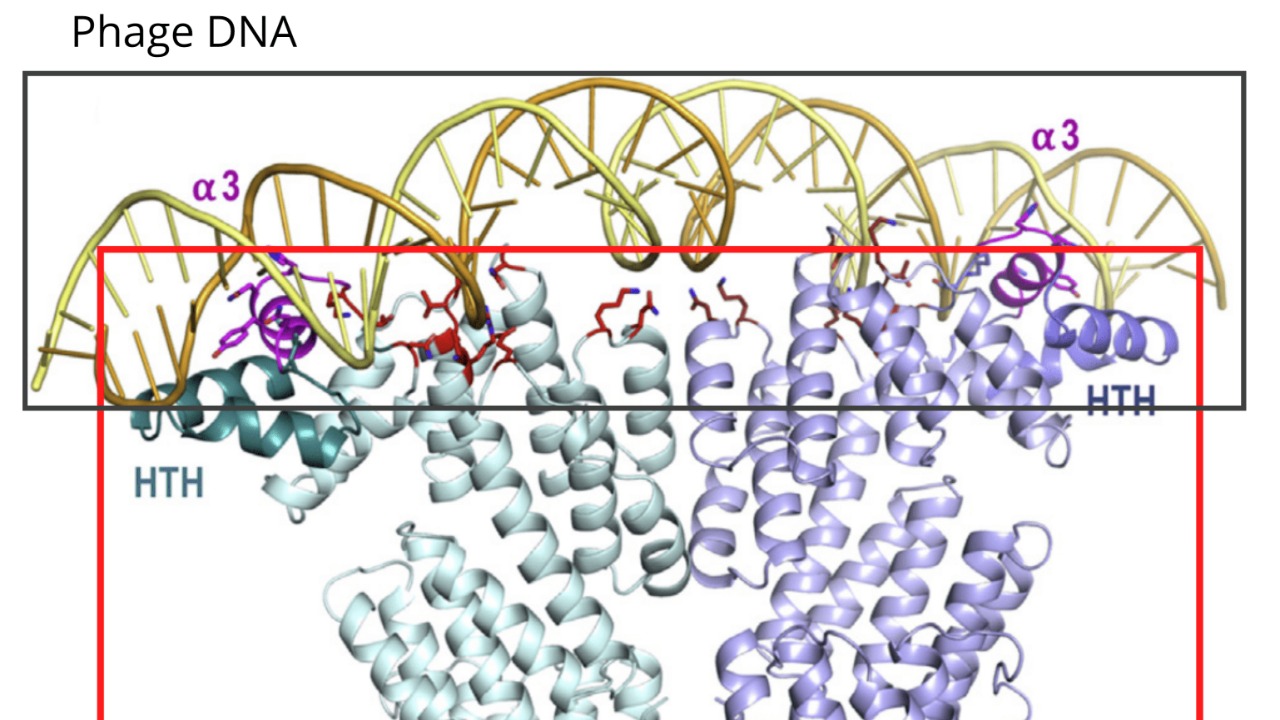
Despite its potential, CRISPR technology faces several challenges. One of the most significant is the risk of off-target editing, where CRISPR inadvertently cuts unintended DNA sites. This can lead to potential mutations or even cancer risks in therapeutic applications.
Delivery issues also pose a challenge. Inefficient viral vectors and immune responses can hinder CRISPR’s reach in human cells. Additionally, ethical concerns around germline editing have sparked international debates on the potential for unintended hereditary changes source.
Unveiling CRISPR’s Hidden ‘Passwords’
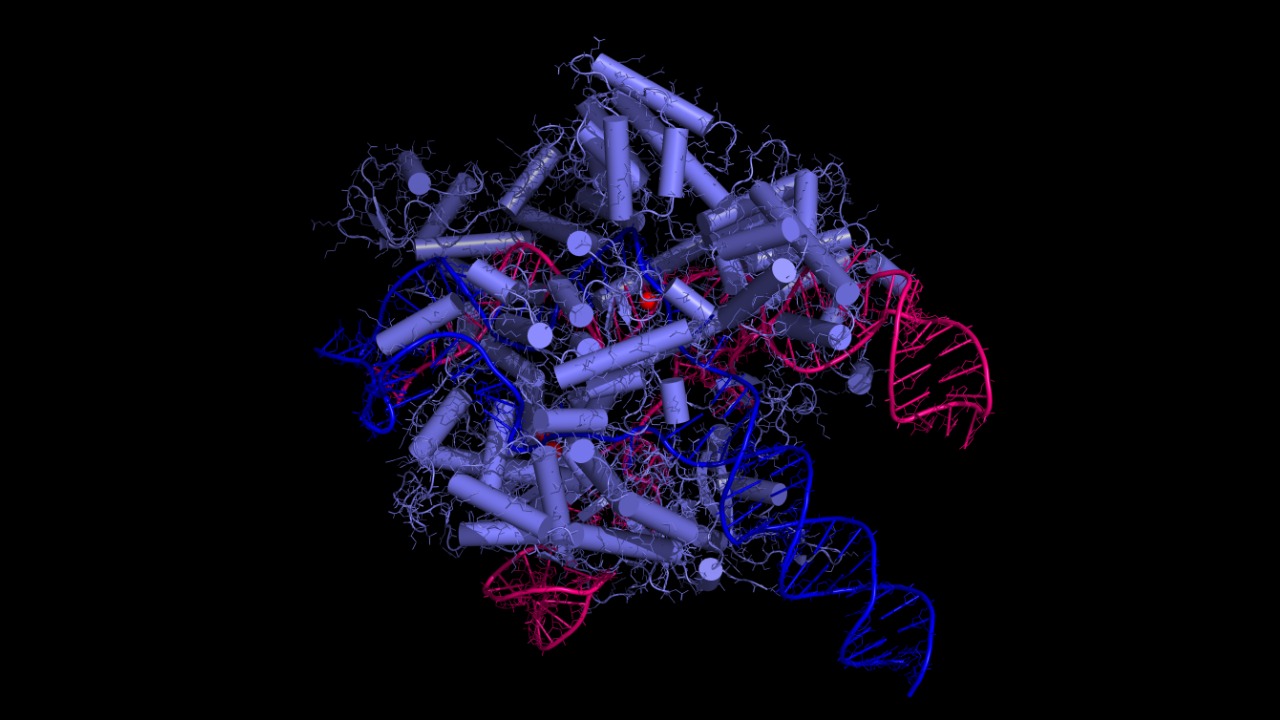
The concept of “passwords” refers to secondary regulatory sequences or epigenetic markers that fine-tune CRISPR activation beyond basic PAM recognition. Recent experimental methods, such as high-throughput screening in yeast models, have been used to identify these control elements for more precise editing source.
These passwords could enable temporal or spatial control over gene editing. For example, light-activated CRISPR variants could be switched on or off at will, providing unprecedented control over the gene-editing process.
Experimental Breakthroughs in Password Discovery
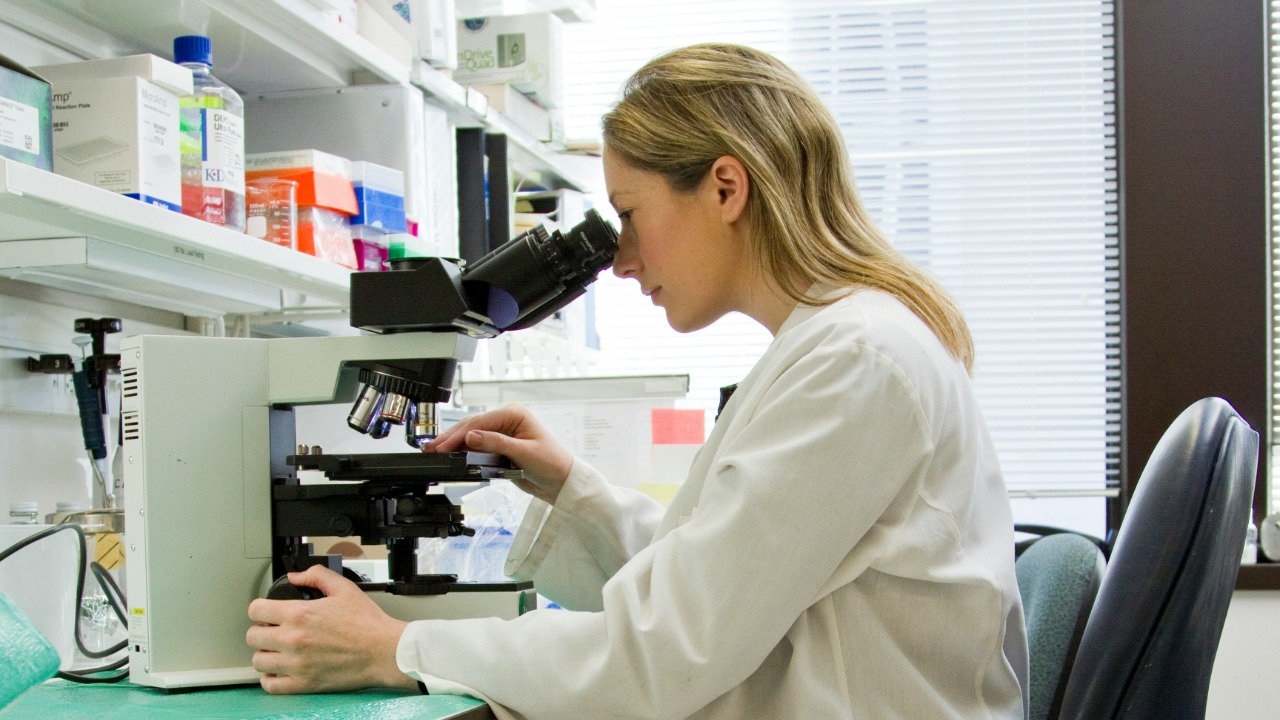
Recent breakthroughs in password discovery have utilized machine learning algorithms to predict and map password-like motifs in the human genome. This approach has the potential to greatly enhance the precision and control of CRISPR technology.
Case studies from 2025 research have shown promising results, with passwords reducing off-target effects by up to 90% in cell lines targeting sickle cell anemia genes. Collaborative efforts between institutions like the Broad Institute and UC Berkeley are currently validating these findings through animal models source.
Applications in Medicine and Beyond
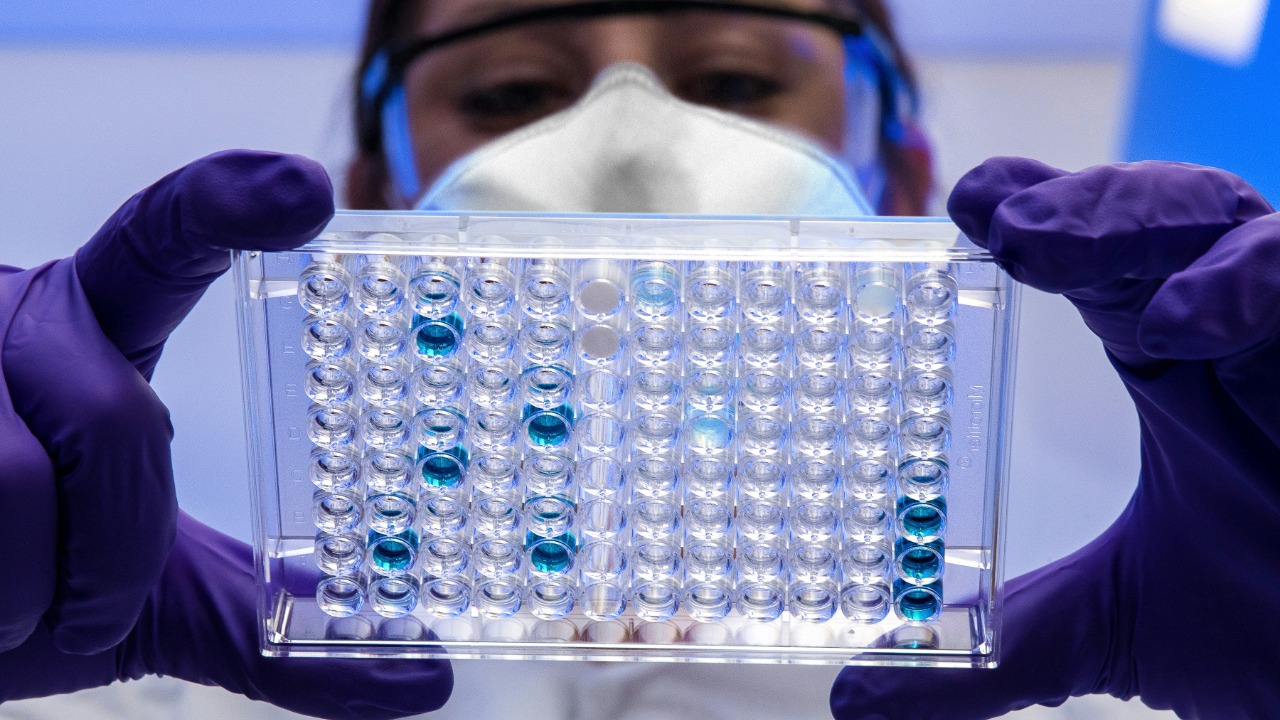
Password-controlled CRISPR has significant therapeutic potential. For diseases like cystic fibrosis, it could edit faulty CFTR genes without causing collateral damage. This could revolutionize treatment for a wide range of genetic diseases.
Outside of medicine, password-controlled CRISPR could also have significant applications in agriculture. For example, it could be used to engineer drought-resistant crops by making precise edits in plant genomes. Emerging biotech industries are also investing in password technology for personalized medicine source.
Future Directions and Ethical Safeguards

Clinical trials of password-enhanced CRISPR could potentially start as soon as 2027 for rare genetic disorders. However, before this technology can be widely adopted, it will need to pass rigorous safety validations.
Regulatory frameworks from bodies like the FDA will play a crucial role in this process. Additionally, global equity issues in access to this technology will need to be addressed, drawing from WHO guidelines on gene editing distribution source.